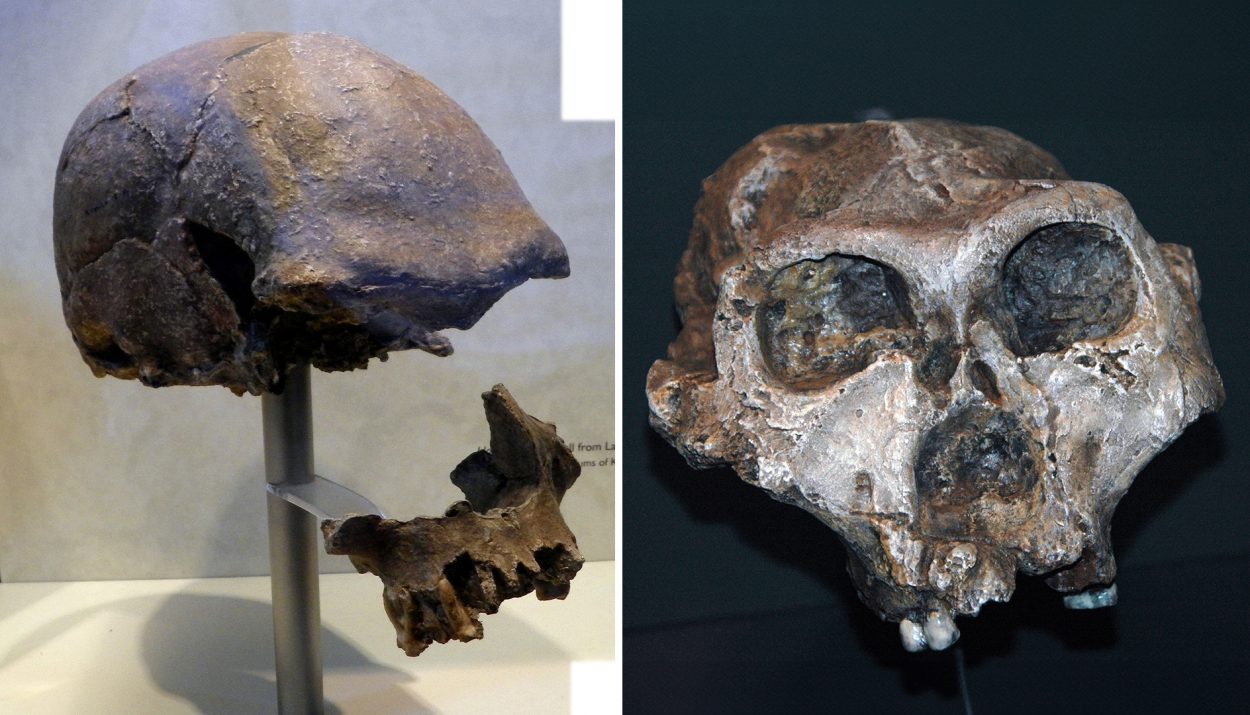Get ready to unravel the mysteries of human migration as we delve into groundbreaking research that challenges the long-held “Out of Africa” theory. Brace yourself for a thrilling journey through time, as we explore fossilized bones, ancient tools, and the intriguing possibility of multiple human species coexisting outside of Africa. Join us on this scientific adventure that promises to rewrite the story of our ancestors’ dispersal across the globe.
Revelations Based on Fossilized Bones and Tools
Scientists from the University of Tulsa, Oklahoma, and experts from Israeli institutions have made remarkable discoveries by studying fossilized bone and tool samples found in Israel and Georgia. These findings have shed new light on the complexities of early human migration patterns, challenging the notion of a singular “Out of Africa” event. The collaborative efforts of these researchers have opened up a new chapter in our understanding of human dispersal from the African continent.

The revelations from these studies have sparked a paradigm shift in the discourse surrounding the “Out of Africa” theory. By meticulously analyzing the fossilized remains and the tools used by early humans, scientists have uncovered evidence that suggests a more intricate narrative of human migration. These discoveries have set the stage for a reevaluation of our ancestors’ journeys and the factors that shaped their dispersal across the globe.
Ubeidiya: An Archaeological Treasure Trove
Nestled near the southern edge of the Sea of Galilee, close to Kibbutz Beit Zera, lies Ubeidiya, a site of immense archaeological significance. Dating back approximately 1.5 million years, Ubeidiya is one of the earliest prehistoric sites discovered outside of Africa. This ancient locale has proven to be a treasure trove of artifacts and remains that have provided invaluable insights into the lives of early humans who ventured beyond the African continent.

The importance of Ubeidiya cannot be overstated, as it holds the key to unlocking the secrets of early human migration. The rich assemblages of stone tools found at the site offer a glimpse into the technological capabilities and adaptations of our ancestors. Moreover, the presence of extinct species, such as Saber Tooth Cats and Mammoths, alongside unexpected fauna like hippos, rhinos, and large crocodiles, paints a vivid picture of the ecological landscape that early humans encountered in this region.
Ubeidiya’s 1960s Excavation and Renewed Significance
The story of Ubeidiya’s archaeological significance dates back to the early 1960s when Israeli prehistorians painstakingly excavated the site, unearthing a wealth of artifacts and remains. Their meticulous work laid the foundation for future research and provided the first glimpses into the lives of early humans outside of Africa. However, it wasn’t until 2018 that Ubeidiya gained renewed attention, thanks to the efforts of Miriam Belmaker, a researcher who secured a National Science Foundation grant to investigate the site’s ancient climate and refine its dating.

Belmaker’s work at Ubeidiya took an unexpected turn when she stumbled upon a fossilized vertebra exhibiting human-like features, which had been initially excavated in 1966. This serendipitous discovery set in motion a series of collaborative studies that would yield groundbreaking insights into early human migration and the possibility of coexisting human species outside of Africa. The renewed focus on Ubeidiya has reignited the scientific community’s interest in unraveling the complexities of human dispersal and the factors that shaped our ancestors’ journeys.
Analyzing the Discovered Vertebra: Insights into Early Human Characteristics
The fossilized vertebra discovered at Ubeidiya became the focus of intense scientific scrutiny, as researchers sought to unravel the secrets it held. Collaborating with a team of experts, Miriam Belmaker meticulously analyzed the vertebra, revealing crucial insights into the individual it belonged to. The first significant finding was that the vertebra belonged to a child, evident from its shape and incomplete growth, providing a rare glimpse into the physical characteristics of young individuals from this ancient period.
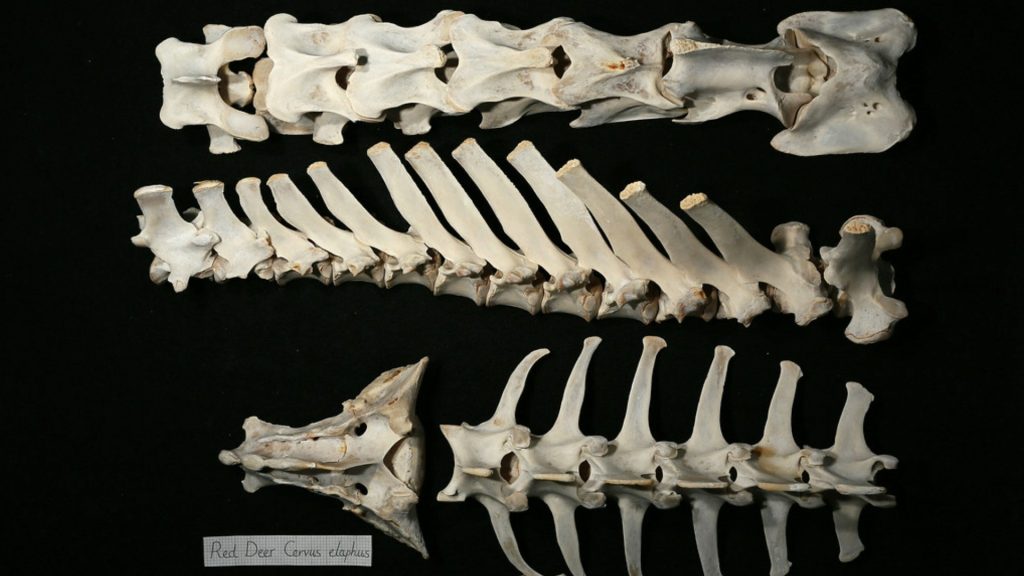
Furthermore, the analysis of the vertebra yielded intriguing estimates about the potential adult size of the individual. Had this child reached adulthood, researchers suggest that they would have attained a stature of approximately 1.8 meters (5 feet 10 inches) and a weight of around 90 kilograms (190 pounds). These dimensions align more closely with the large-bodied hominids found in Africa during a similar period, rather than the smaller-bodied hominids discovered at the Dmanisi site in Georgia, hinting at the diversity of early human populations outside of Africa.
Evidence of Two Coexisting Human Species
One of the most groundbreaking revelations from the study of the Ubeidiya vertebra was the evidence suggesting the coexistence of two distinct human species outside of Africa during the Lower Pleistocene. This finding challenges previous notions of a singular human lineage and adds a new layer of complexity to the understanding of early human migration. The presence of multiple human species nearby raises intriguing questions about their interactions, adaptations, and the potential for cultural exchange.
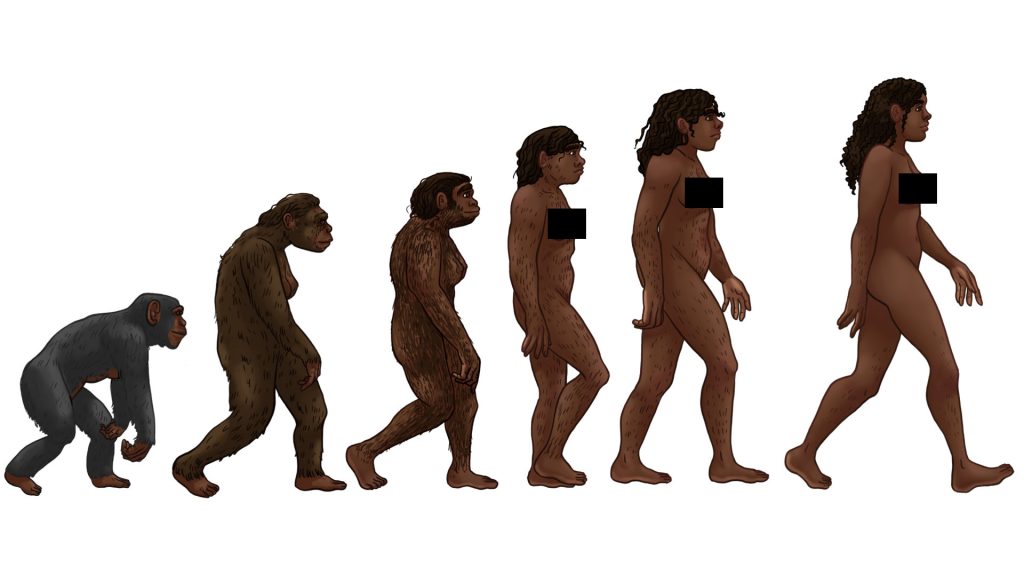
The coexistence of different human species outside of Africa during this period has significant implications for our understanding of human evolution and dispersal. It suggests that the “Out of Africa” migration was not a straightforward, linear process, but rather a complex tapestry of movements, adaptations, and potential interbreeding between different human populations. This discovery opens up new avenues for research and prompts a reevaluation of the factors that drove early human migration and the role of species diversity in shaping the course of human history.
Multiple Migrations: A New Perspective on Out-of-Africa
The emerging data from Ubeidiya and other archaeological sites has fueled the debate over whether the out-of-Africa migration was a singular event or occurred in multiple instances. The evidence supports the latter, indicating that early hominids likely embarked on at least two distinct migrations, each characterized by unique traits and adaptations. The divergence between the populations at the Dmanisi site and Ubeidiya, in terms of size, shape, stone tool technology, and ecological context, reinforces the notion of multiple migration waves.

This new perspective on the out-of-Africa migration challenges the traditional view of a singular, homogeneous dispersal event. Instead, it suggests a more complex and dynamic process, with different human populations leaving Africa at different times, each equipped with their own unique set of physical characteristics, technological capabilities, and ecological preferences. The recognition of multiple migration waves opens up new questions about the factors that drove these movements, the interactions between different human species, and the role of environmental pressures in shaping the course of human evolution.
Differences in Stone Manufacturing Techniques
The analysis of stone artifacts from Ubeidiya and other archaeological sites has revealed intriguing differences in the manufacturing techniques and tools used by early human populations. Dr. Omry Barzilai from the Israel Antiquities Authority has been at the forefront of this research, meticulously studying the stone artifacts to uncover the unique characteristics of each assemblage. The distinctions observed in the stone-making traditions of different human populations provide valuable insights into their cognitive abilities, technological preferences, and adaptations to specific ecological niches.

The variations in stone manufacturing techniques and tool types across different sites suggest that each migration wave introduced a new human population with its distinct cultural practices and technological know-how. These differences reflect not only the cognitive capabilities of early humans but also their ability to adapt to diverse environments and exploit a range of resources. By studying the stone artifacts, researchers can gain a deeper understanding of the cultural and technological diversity that existed among early human populations outside of Africa.
Archaeology: Updating Our Picture of Prehistory
The ongoing research and discoveries at Ubeidiya and other archaeological sites demonstrate the dynamic nature of our understanding of human prehistory. Each new finding adds another piece to the complex puzzle of early human migration and challenges long-held assumptions about the homogeneity of early human populations outside of Africa. The emerging picture is one of diverse human species, each with its unique characteristics, adaptations, and cultural practices, navigating and adapting to varied environments during their dispersal.

The implications of these findings extend far beyond the realm of archaeology, influencing our understanding of human evolution, paleoanthropology, ecology, and cognitive science. The recognition of multiple human species coexisting and interacting outside of Africa raises questions about the nature of their relationships, the potential for interbreeding, and the role of environmental factors in shaping their evolutionary trajectories. As researchers continue to unravel the mysteries of these ancient sites, the story of human migration becomes an increasingly complex and fascinating tale of resilience, adaptation, and diversity.
A Dynamic Interplay of Environment, Diversity, and Culture
The reevaluation of the out-of-Africa theory through the lens of Ubeidiya and other archaeological sites highlights the intricate nature of human evolution and dispersal. It suggests a dynamic interplay between environmental factors, species diversity, and cultural practices that shaped the course of human history outside of Africa. The recognition of multiple migration waves, each characterized by unique physical traits, technological traditions, and ecological preferences, paints a more nuanced picture of our ancestors’ journeys and adaptations.
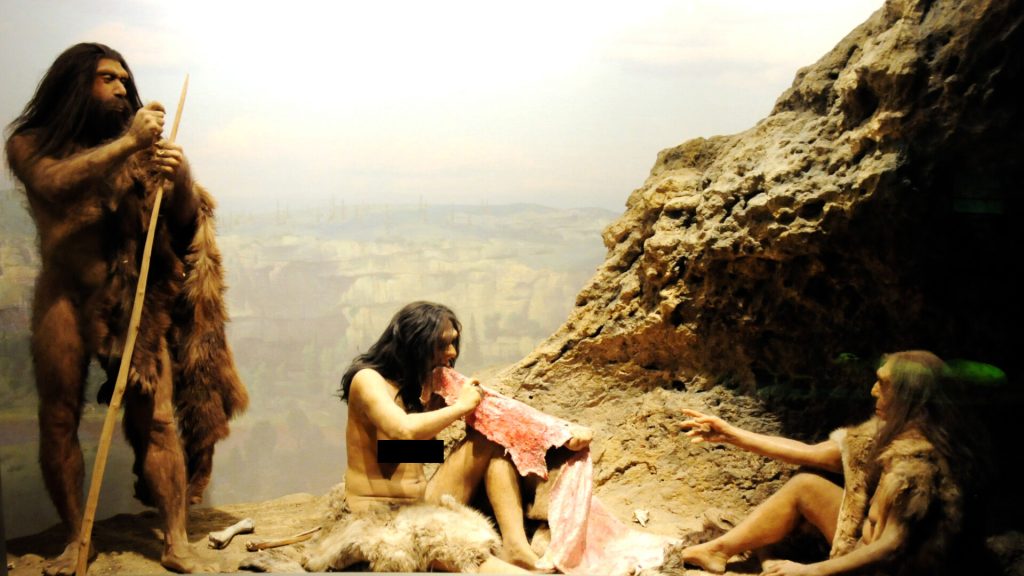
The findings from Ubeidiya and other sites underscore the importance of considering the complex interplay between biology, culture, and environment in understanding human evolution. The presence of different human species nearby raises questions about their interactions, potential competition for resources, and the role of cultural exchange in shaping their trajectories. As researchers continue to delve deeper into the archaeological record, they are uncovering a rich tapestry of human diversity and adaptation that challenges simplistic narratives of our past.
The Dmanisi Site: A Contrasting Perspective
While the discoveries at Ubeidiya have shed new light on the diversity of early human populations outside of Africa, the Dmanisi site in Georgia offers a contrasting perspective. The hominids found at Dmanisi are notably smaller in stature and exhibit different physical characteristics compared to those at Ubeidiya. This divergence highlights the variability that existed among early human populations as they dispersed from Africa and adapted to different environments.

The contrast between the Dmanisi and Ubeidiya populations raises intriguing questions about the factors that influenced their physical differences and the potential for distinct migration waves. The smaller body size of the Dmanisi hominids may reflect adaptations to specific ecological conditions or different evolutionary pressures. By studying these contrasting sites, researchers can gain a more comprehensive understanding of the range of adaptations and variations that existed among early human populations outside of Africa.
The Implications for Human Cognition and Culture
The evidence of multiple human species coexisting and exhibiting distinct cultural practices outside of Africa has significant implications for our understanding of human cognition and the development of culture. The differences observed in stone tool technologies and manufacturing techniques suggest that each human population possesses unique cognitive abilities and cultural traditions. These findings challenge the notion of a singular, linear progression of human cognitive evolution and highlight the potential for parallel developments in different human species.
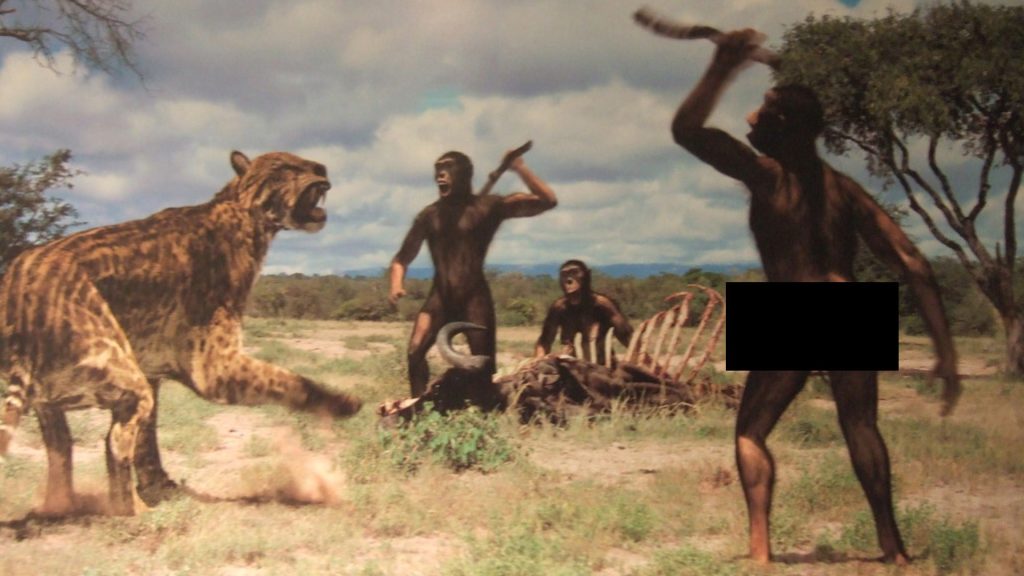
The recognition of cultural diversity among early human populations raises questions about the nature of their interactions, the potential for cultural exchange, and the role of social learning in the transmission of knowledge and skills. The presence of distinct stone tool traditions suggests that early humans were capable of innovation, adaptation, and the development of complex cultural practices. As researchers continue to explore the cognitive and cultural capacities of different human species, they are shedding new light on the complex interplay between biology, environment, and culture in shaping human evolution.
Reshaping the Narrative of Human Evolution
The ongoing research and discoveries at sites like Ubeidiya and Dmanisi are reshaping the narrative of human evolution and dispersal. The recognition of multiple human species, each with its own unique characteristics and cultural practices, challenges the traditional view of a singular, linear progression from Africa to the rest of the world. Instead, it suggests a more complex and dynamic process, with different human populations leaving Africa at different times, adapting to diverse environments, and potentially interacting with one another.
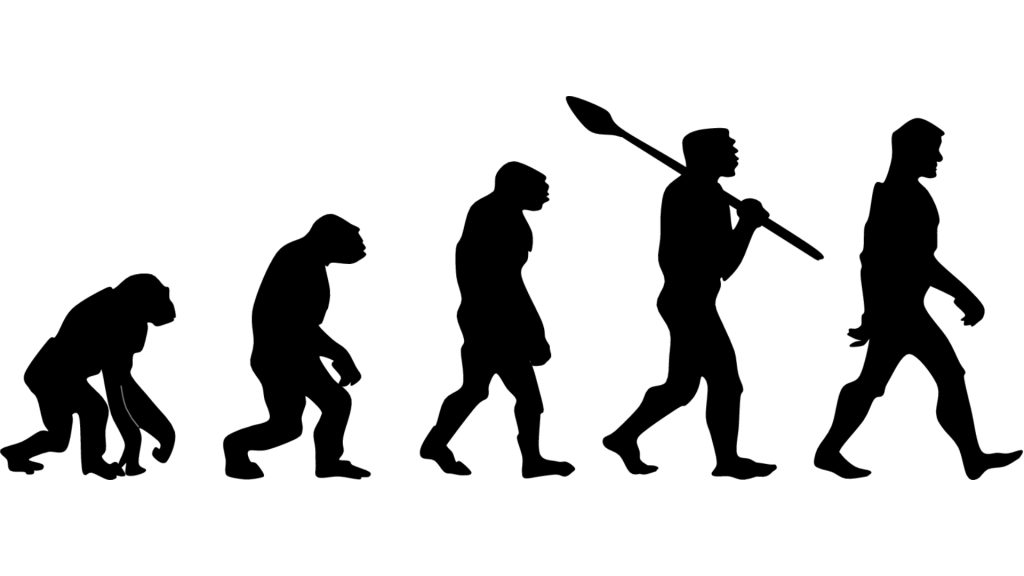
This new understanding of human evolution highlights the importance of considering the complex interplay between biology, environment, and culture in shaping the course of human history. It emphasizes the role of diversity, adaptation, and innovation in the success and spread of early human populations. As researchers continue to unravel the mysteries of our past, they are painting a more nuanced and fascinating picture of human origins and the incredible journey that led to the emergence of modern humans.
The Future of Paleoanthropological Research
The revelations from Ubeidiya and other archaeological sites have opened up exciting new avenues for paleoanthropological research. As scientists continue to explore these ancient sites and analyze the fossilized remains and artifacts, they are uncovering new pieces of the puzzle that are human evolution. The future of this field lies in the collaborative efforts of researchers from various disciplines, including archaeology, anthropology, genetics, and environmental sciences, working together to build a more comprehensive understanding of our past.

The ongoing research at sites like Ubeidiya and Dmanisi holds the promise of further groundbreaking discoveries that will reshape our understanding of early human migration, adaptation, and interaction. With advances in technology and analytical techniques, researchers are better equipped than ever to extract valuable insights from the archaeological record. From ancient DNA analysis to high-resolution imaging of artifacts, the tools available to paleoanthropologists are continually evolving, enabling them to ask new questions and uncover previously hidden aspects of human prehistory.
Unraveling the Mysteries of Human Origins
The story of human evolution and dispersal is a captivating tale of resilience, adaptation, and the incredible journey that our ancestors undertook to populate the globe. The recent findings from Ubeidiya and other archaeological sites have added new chapters to this story, challenging long-held assumptions and revealing a more complex and diverse picture of early human migration. As we continue to unravel the mysteries of our origins, we are reminded of the remarkable ability of our species to overcome challenges, innovate, and thrive in diverse environments.
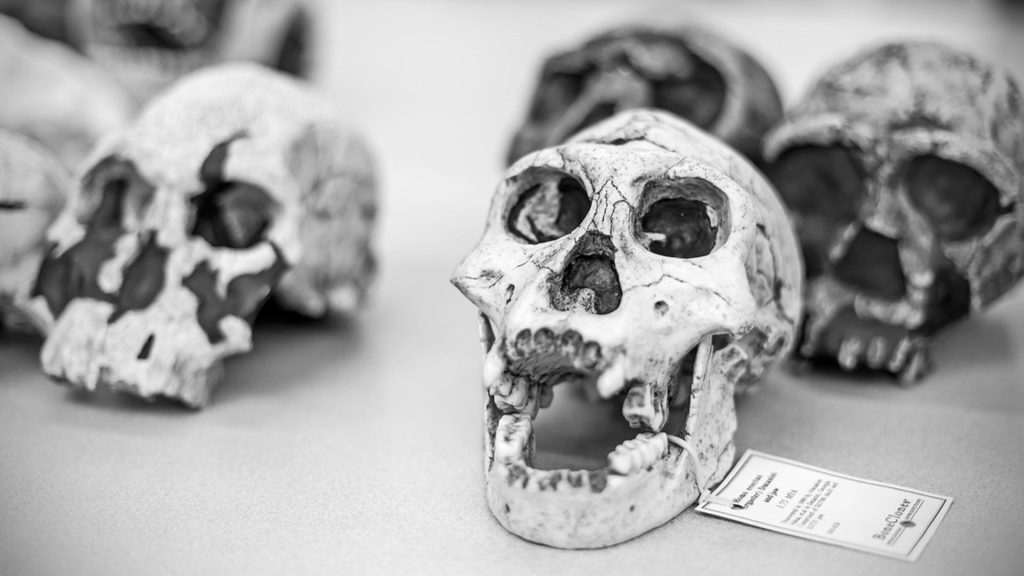
The ongoing exploration of our past not only satisfies our curiosity about where we came from but also provides valuable insights into the fundamental aspects of human nature, cognition, and culture. By understanding the complex interplay of factors that shaped the course of human evolution, we can gain a deeper appreciation for the diversity and adaptability that define our species. As we look to the future, the lessons learned from our ancient past will undoubtedly continue to inform and inspire us as we navigate the challenges and opportunities that lie ahead.

